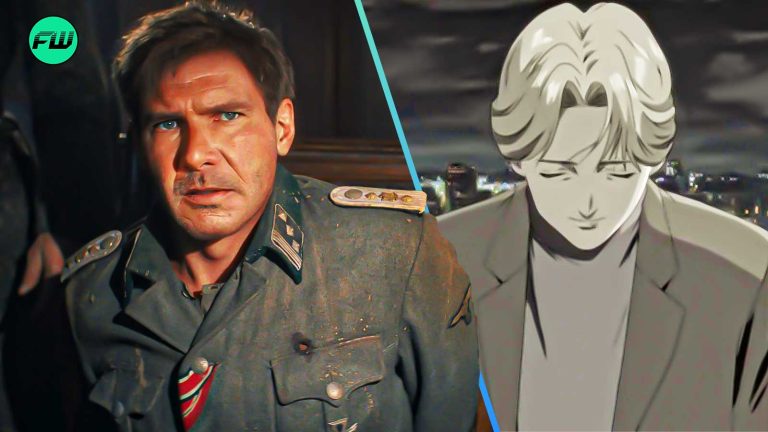
Naoki Urasawa is an underrated master of storytelling in the manga industry. From Monster to Pluto, nobody can match how brilliant his thrillers are. The genius behind the characters and the mysteries can only be replicated by him.
So, it’s not a surprise Urasawa put a lot of thought behind the villain of 20th Century Boys, Friend. Against the backdrop of nostalgia and friendship, the cult leader and main antagonist of 20th Century Boys left us all shivering in fear.

The Friend aims to create a dystopian world that he wishes to control. He uses his charisma, manipulation, and exploiting loneliness to gain followers and there are at least two characters who have assumed the mantle. Considering the theme of friendship in 20th Century Boys, it’s curious why Naoki Urasawa chose to make an antagonist named Friend.
Friend is a mirror of society’s expectations and a commentary on loneliness
The choice to name the main antagonist Friend in a series dependent on the theme of friendship was deliberate, despite being quite the cliche and on the nose for a thriller. It’s a genius move by Naoki Urasawa and complements the theme perfectly, particularly what he poses against the protagonists.

As Kenji and his group of childhood friends fight to stop Friend, they symbolize what true friendship looks like against the severity of the cult. The cult, on the other hand, is built on exploitation and manipulation. Fear of being alone shouldn’t be the sole reason to make a friend.
It’s akin to Urasawa’s previous work, Monster, where Johan used to exploit people’s darkest desires to manipulate them. While Johan’s motives were the product of abuse and wanting to corrupt others, Friend’s stem from the need for control and a savior complex.
It’s exactly what Naoki Urasawa was trying to convey through Friend. In an interview with Otaku News, he goes in-depth about the conception of the main antagonist, including what the Japanese word, tomodachi, means to him:
I’ve always been sceptical of the word friend “tomodachi” in Japanese and what it implies, what it means. I’m not exactly sure how it sounds in English, but tomodachi has almost become a concept in Japanese.
There is a song in Japanese that goes “How many friends do you have, how many friends have you made?!”. It’s almost encouraging children to make more friends than each other.
There’s an essence of competing with each other. It shouldn’t be anything like that, because if you found a true friend that’s a once in a life time experience. It’s a miracle really!
He compares it to a Japanese song where there’s almost a taunting tone about how many friends the other has made and whether they can surpass them. It’s like loneliness was a game to the cult leader.
On the other hand, Kenji, the protagonist of 20th Century Boys, gives us the exact opposite. He’s the symbol of optimism and hope in the dark times Friend plunges them into.
Kenji and his childhood friends defied Friend’s way of thinking
Funnily, in his pursuit of fooling people into thinking they were true friends, Kenji and his childhood friends only grew stronger. They are perfect parallels to each other.

A similar narrative tool was used in Monster where Dr Tenma is the moral complex that drives the story. He risked his job to save Johan which inadvertently caused the events of Monster. The plot twist in 20th Century Boys is evocative of this when Kenji finds out who Friend really is. Both he and Tenma feel immense guilt for making the villain who they are.
Despite this guilt, neither of them gave up. In the darkness of Friend’s cult, Kenji and his group were the light that showed the true essence of friendship. The two contrast each other. While Friend’s is a more sinister take on friendship, Kenji’s shows loyalty and value.
Thus, Urasawa’s exploration of the word, friend, is not just about the word itself, but what it represents in our society today. 20th Century Boys serves as both a warning and a celebration of the enduring power of genuine human connection.
20th Century Boys is available on VIZ Media.
This post belongs to FandomWire and first appeared on FandomWire


